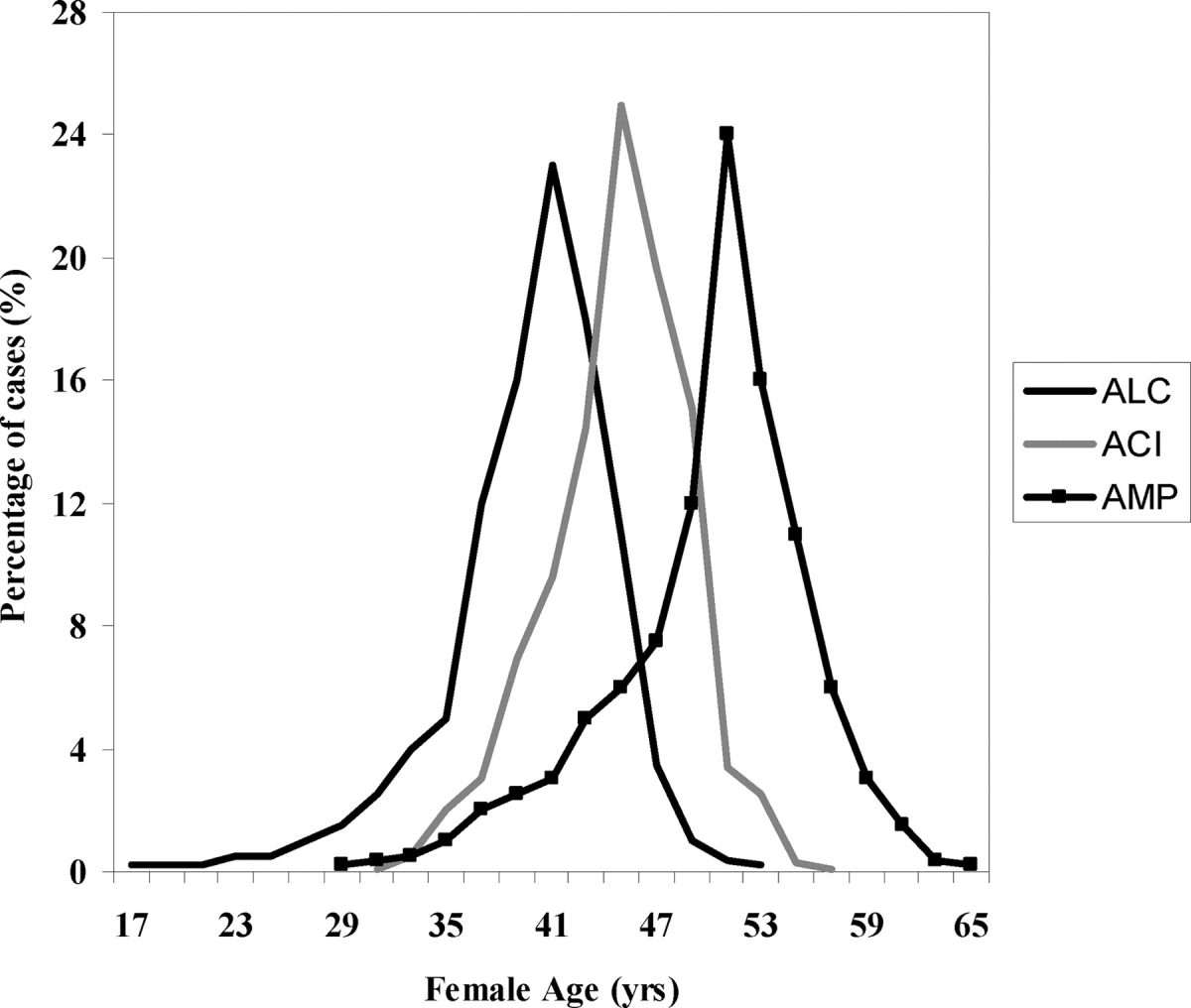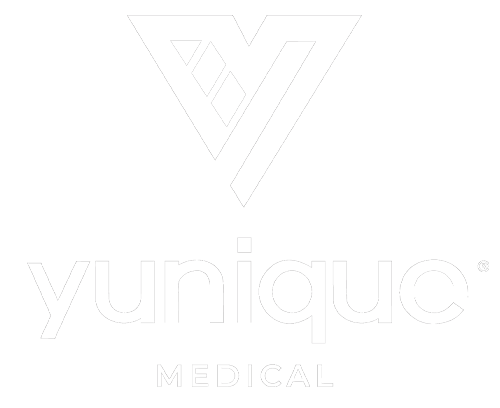Did you know that our ovaries are with us as early as when we’re fetuses in our mother’s womb until the rest of our lives?
These organs are vital to every woman, as they empower us to become future mothers and be capable of preserving posterity.
However, the aging process occurs naturally and inevitably, like the ovaries. Therefore, ovarian aging has gained much attention as a crucial factor determining women’s health and longevity.
RELATED: Women Who Are Turning 40 Should Expect These 10 Body Changes
Slowing Ovarian Aging May Be a Key to Women’s Longevity
Understanding Ovarian Aging
Functional Aspects of the Ovary
The ovary is a crucial organ that regulates female reproductive and endocrine functions.
The ovary is where the eggs and female sex hormones, like estrogen and progesterone, are produced. These products of the ovary are vital to normal reproductive development and fertility.
The hypothalamic-pituitary-ovarian (HPO) axis is in charge of ovarian reproductive function. On the other hand, ovarian sympathetic innervation, feedback regulation of the HPO axis, and complex interactions of the hormone axis all affect ovarian endocrine function.
However, the ovary enters aging earlier and faster than other organs, leading to functional impairment and susceptibility to diseases like cancer. This finding has resulted in extensive attention from the healthcare community and constant research on intervention strategies related to aging.
The decline in the Number and Quality of Oocytes
The ovary’s lifespan is determined by the balance between the survival and death of oocytes. These immature eggs can be fertilized and grow into an organism.
Therefore, ovarian aging is described as the progressive decline in the number and quality of oocytes. It occurs due to the depletion during the reproductive period and the low number of primordial follicles (PMFs) at birth.
Scientists suggest that birth-related deficiency of PMFs is due to apoptosis during fetal life. By week 20 of fetal development, about 6-7 million oocytes in the ovary have grown into the PMFs. However, in the second half of the fetal period, only 1-2 million survive until birth.
After birth, this number even grows smaller, although at a slower rate, as most PMFs undergo degeneration during the maturation of the follicle, the shell that contains the oocytes. As the number of follicles decreases, so does the quality of the oocytes.
As a result, by the time a woman experiences the first occurrence of menstruation, only around 400,000 PMFs are retained.
Once again, the PMFs continue to decline throughout the rest of a woman’s life, as the ovaries incrementally age during the menopause transition and the PMF reserve suffers an irreversible decline.
Ovarian Aging Symptoms

Infertility and Congenital Disabilities
A study of 751 artificially inseminated women found that after age 31, the likelihood of pregnancy decreased rapidly, and the risk of adverse pregnancy outcomes began to rise.
Furthermore, after 30, the likelihood of having a healthy baby decreases by 3.5% per year. In comparison, a woman’s chance of having a healthy baby at 35 was only half that of a woman at 25. As a result, congenital disabilities may occur incrementally with age.
Endocrine Dysfunction
Ovarian aging may also cause estrogen deficiency, directly affecting the organs associated with estrogen, such as the ovary, vagina, skin, and urinary tract.
Degenerative skin changes, for example, occur with estrogen deficiency and are characterized by decreased skin thickness and accelerated skin aging, including reduced elasticity, wrinkles, and dryness.
Also, estrogen deficiency impairs the cardiovascular, musculoskeletal, and immune systems, emotional and sleep patterns, cognitive ability, and energy metabolism.
For example, bone loss due to estrogen deficiency can increase the fracture risk, potentially resulting in osteoporosis. In addition, reduced estrogen levels in the nervous system may also link to Alzheimer’s disease and depression.
Menstrual Cycle Disorders
Ovarian aging may also manifest as irregular menstrual cycles, characterized by:
- Shortened or prolonged menstrual cycles
- Abnormally large or small menstrual volume
- Perimenopausal abnormal uterine bleeding
Some women have no or few problems with their menstrual periods. However, other women with accelerated ovarian aging may experience a combination of physical and emotional symptoms that can significantly disrupt their life.
Ovarian Aging and Early Menopause
Typically, the age-dependent decline in oocyte quality accelerates between the age of 35 and 40, and the natural menopause transition usually occurs between 40 and 45. These changes result in the average age of menopause at around 50.
However, this process may occur earlier and faster in some women, leading to premature ovarian aging and early menopause. Premature ovarian aging manifests as primary ovarian insufficiency (POI), which occurs when a woman’s ovaries stop functioning before 40.
This phenomenon is not a good indicator of reproductive health, affecting approximately 1% of women under 40 and 0.1% of those under 30. Moreover, according to a study, data on the age distribution of menopause and natural fertility loss suggests that early reproductive aging is relatively prevalent.

Distribution curves for observed age at last childbirth (ALC), age at onset of cycle irregularity (ACI), and age at menopause (AMP)
Age at Menopause and Longevity

Menopause is the final and most noticeable manifestation of ovarian aging, characterized by permanent cessation of the menstrual cycle and a decrease in hormone secretion.
Women who experience early menopause (before the age of 40) may have a shorter overall life expectancy and are more likely to develop various diseases earlier in life than women who experience menopause at a typical or later age.
According to research, early menopause was associated with shortened survival, as life expectancy in women with menopause before age 40 was around two years shorter than those with menopause after age 55.
Some causes of a shorter lifespan associated with early menopause are the increased risks of cardiovascular disease, breast cancer, and ovarian cancer. Furthermore, early menopause increases women’s risk of death from all causes yearly by 2%.
RELATED: The Importance of Testosterone Replacement Therapy in Women Suffering From Sexual Dysfunction
Strategies to Slow Down Ovarian Aging
Studying aging, particularly ovarian aging, and developing interventions to improve fertility and life expectancy has become urgent.
Dietary Interventions
Calorie restriction, or reducing dietary intake to less than energy requirements while maintaining optimal nutrition, is one of the most promising anti-aging interventions.
Likewise, fasting-related interventions such as intermittent fasting, time-restricted eating, and prolonged fasting have emerged as alternatives to calorie restriction.
These dietary approaches have been shown in animals to increase the number of PMFs, which is beneficial to ovarian reserve protection and may be a possible way to avoid early menopause.
Stem Cell Interventions
Stem cell therapy has shown great promise in delaying, preventing, and reversing ovarian aging.
Animal studies have shown that stem cells can increase ovarian volume, strengthen hormonal regulation, and promote follicle regeneration.
In humans, stem cells have been used to treat ovarian failure, restoring ovarian functions such as increased ovarian volume, resumed menstruation, improved estrogen levels, increased follicle number, and alleviating menopausal symptoms.
Ovarian Cryopreservation
Cryopreservation is the freezing of oocytes and has long been used as an assisted reproductive technology.
At the moment, ovarian cryopreservation is a potential option for restoring ovarian function. This method may restore fertility, preserve ovarian endocrine function, and reduce the occurrence of premature menopause, thereby delaying ovarian aging.
Bottom Line: Women Are Unaware of Ovarian Aging
Ovarian aging has gradually become a significant health problem for women. However, many women are unaware of this decline as it takes place, primarily because childbearing delays have become a universal phenomenon, accompanied by a drop in birth rates.
As a result, raising our awareness of ovarian aging and optimizing ovarian aging interventions are critical for preventing aging-related diseases, reversing or preventing ovarian aging, and promoting female health and longevity.
One proven, efficient, and safe approach to intervening in ovarian aging and restoring the reproductive system’s normal function is hormone replacement therapy (HRT).
This treatment option is vital because it increases the levels of estrogen and progesterone, which are significantly decreased during menopause and ovarian aging. Restoring estrogen and progesterone can be critical to alleviating menopausal symptoms, increasing women’s quality of life, and achieving longevity.
References
Noord-Zaadstra, B., Looman, C., Alsbach, H. et al. (1991). Delaying Childbearing: Effect of Age on Fecundity and Outcome of Pregnancy. British Medical Journal.
Ossewaarde, E., Bots, L., Verbeek, L. et al. (2005). Age at Menopause, Cause-specific Mortality, and Total Life Expectancy. The International Society for Environmental Epidemiology.
Broekmans, F., Soules, M., Fauser, B. (2009). Ovarian Aging: Mechanisms and Clinical Consequences. Endocrine Reviews Journal.
Wu, J., Liu, Y., Song, Y. et al. (2022). Aging Conundrum: A Perspective for Ovarian Aging. Frontiers in Endocrinology.
Yunique Medical provides FUNCTIONAL MEDICINE for optimized health and performance. We offer customized, scientifically advanced treatments to create a new state of human thriving. Why be ordinary when you can be optimal?
HUMAN 2.0 begins here!
Contact us to schedule your FREE consultation at one of our three locations in Florida – Ocala, Fruitland Park (The Villages), and Daytona.
UP NEXT:

